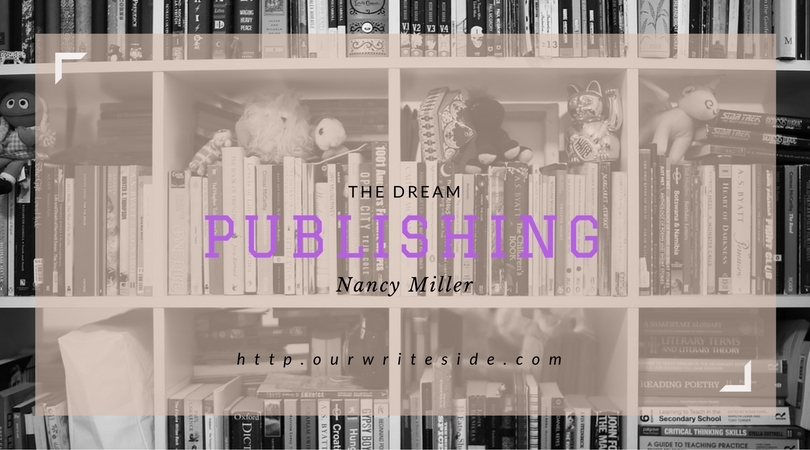The Dream of Publishing

Traditional vs Self Publishing
Every writer’s secret dream is to hold a copy of their book in their hands. In a perfect world a writer creates a story, it goes to a publisher, the story is published, the work becomes a best seller, and a writer’s reputation and bank account are now secure. In the real world, it is like hitting the lottery. But publishing is possible as long as you address the process with knowledge and realism.
Traditional publishing is time consuming and demands a certain level of demonstrated proficiency. Most large publishing companies require manuscripts to be submitted through agents. They trust these individuals to sort through and find the best of the best and offer it to them. In times past, a writer might have submitted a work that still needed editing to an agent in hopes they would believe in the work enough to assist the writer to fine tune the work. The current environment dictates that the work be complete, professionally edited, and ready to go directly to the publisher. There are just too many writers submitting works to take the time to edit works of those not willing to put in the time and effort to deliver their best.
Traditional publishing is time consuming. Agents may take months to reply, then there is the submission process to publishers. Finally, if you’ve been accepted, there is the slating of the publication date which may be over a year away. But all in all, traditional publishing is the dream.
A midway option is smaller presses. Many accept direct submissions so agents aren’t required. Just be aware that these presses often publish fewer books per year. Do your research. You should never have to pay for your book to be published unless you choose to print a small amount for your own use or as gifts…such as a family history.
And then there is self-publishing. On one hand, it is an amazing option which has opened the door to virtually anyone to publish their work. There is nothing like seeing your book become reality. On the other, it has opened the door to virtually anyone to publish their work. We have seen the quality bar lowered as writers avoid the editing process and publish before the work is ready. I know…I did it with my first book. So self-publishing allows any author to put forth, virtually unrestricted, any compilation of words the writer sees fit.
Self-publishing costs very little to nothing for the author. It is fast. A book finished yesterday can be available to customers next week. The royalties go directly to the author. Sounds good, right? Now for the down side. Marketing is completely up to the author. Without marketing, the title just sits there ‘on the shelf’ and stalls. So the author must do the grunt work and push the title out there for others to see. Marketing requires doing research and it demands dedication. Very few self-publishers will find their book bringing in the kind of profits they fantasized about. Also, self-publishing a book doesn’t necessarily mean an agent will see it as a plus with your next book unless it sold well.
So which to do? My personal stance is to take inventory of what you want, what your talents and gut tell you about your product, and how long you are willing to chase the dream of self-publishing. Do you want to see your work out there right now? Are you willing to research and work to find an agent and a publisher? Is your work edited and is it of a sufficient quality to garner a publisher? Will you be able and willing to do your own marketing and placement?
Take a good hard look at your book. Have those you trust read it. Remember that you must believe in your own work but be willing to accept that maybe your manuscript could be better. Still, it is nice to hope, to believe, and to hold that book in your hands. So decide what you want and how you want to pursue the dream.